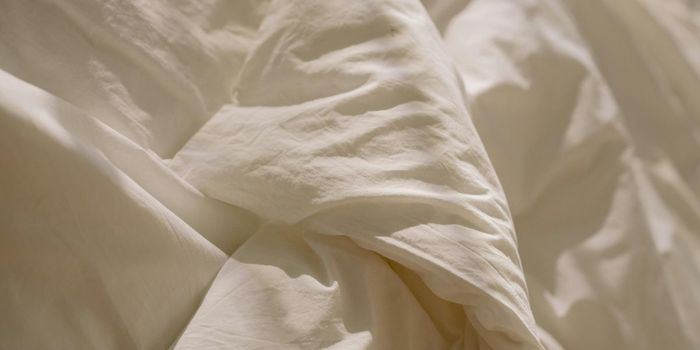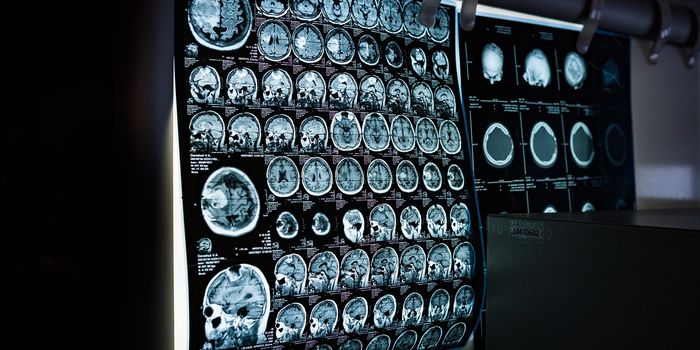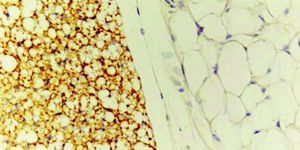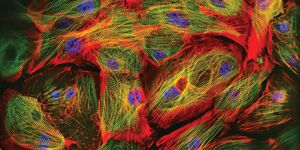Despite numerous medical advancements in the past few decades, nothing has come close to replacing a doctor’s touch during routine physical exams. But a technical upgrade in the form of ultrathin, flexible pressure sensors could revolutionize how doctors use touch to detect lumps and bumps.
The innovation of this next generation pressure sensor technology was led by Dr. Sungwon Lee and Professor Takao Someya of the University of Tokyo's Graduate School of Engineering. Their work was recently published in
Nature Nanotechnology.
Pressure sensors have been on the market for a while now, including those that are thin and flexible enough to mold themselves to the contours of a human hand. However, these pressure sensors give unreliable and inaccurate measurements when it gets bent, twisted, or wrinkled. And for pressure sensors to have any clinical utility, it must be able to withstand distortions to extraordinary degrees.
"Many groups are developing flexible sensors that can measure pressure, but none of them are suitable for measuring real objects, since they are sensitive to distortion," study lead author Sungwon Lee, also of the University of Tokyo, said in a statement.
To address this problem, the team conceptualized and designed a pressure sensor that was ultrathin but resilient enough to accurately detect pressure at any degree of distortion.

Their pressure sensor is a mere 8 microns thick – about one-fifth the thickness of a human hair. Among other components, the new sensor is composed of transistors made of carbon nanontubes, which are carbon pipes nanometers in diameter, and graphene, which are carbon sheets only 1 atom thick. These meshes of ultrathin pressure sensors can measure pressure at 144 places simultaneously, even through twisting and bending. Yet, they are thin enough that they could be easily incorporated into a pair of latex gloves.
The team demonstrated the device’s accuracy in reading the pressure of a balloon, which represents a soft, moveable, 3-dimensional surface not unlike that of the human body. And in experiments with a simulated blood vessel, the device successfully detected small pressure fluctuations, as well as the rate of the pressure changes.
With the aid of these pressure sensors, the researchers hope that doctors can more precisely detect tumor lumps that would otherwise not be revealed with the “naked” hand. While the sensor is currently far from replacing traditional X-ray assisted mammography exams, the scientists hope to move in that direction. “The new sensors may offer easy and painless monitoring of tumors without exposure to radiation,” speculates Someya.
Interested in learning more about graphene and its many uses? Check out this video!
Additional sources:
Live Science,
EurekAlert!
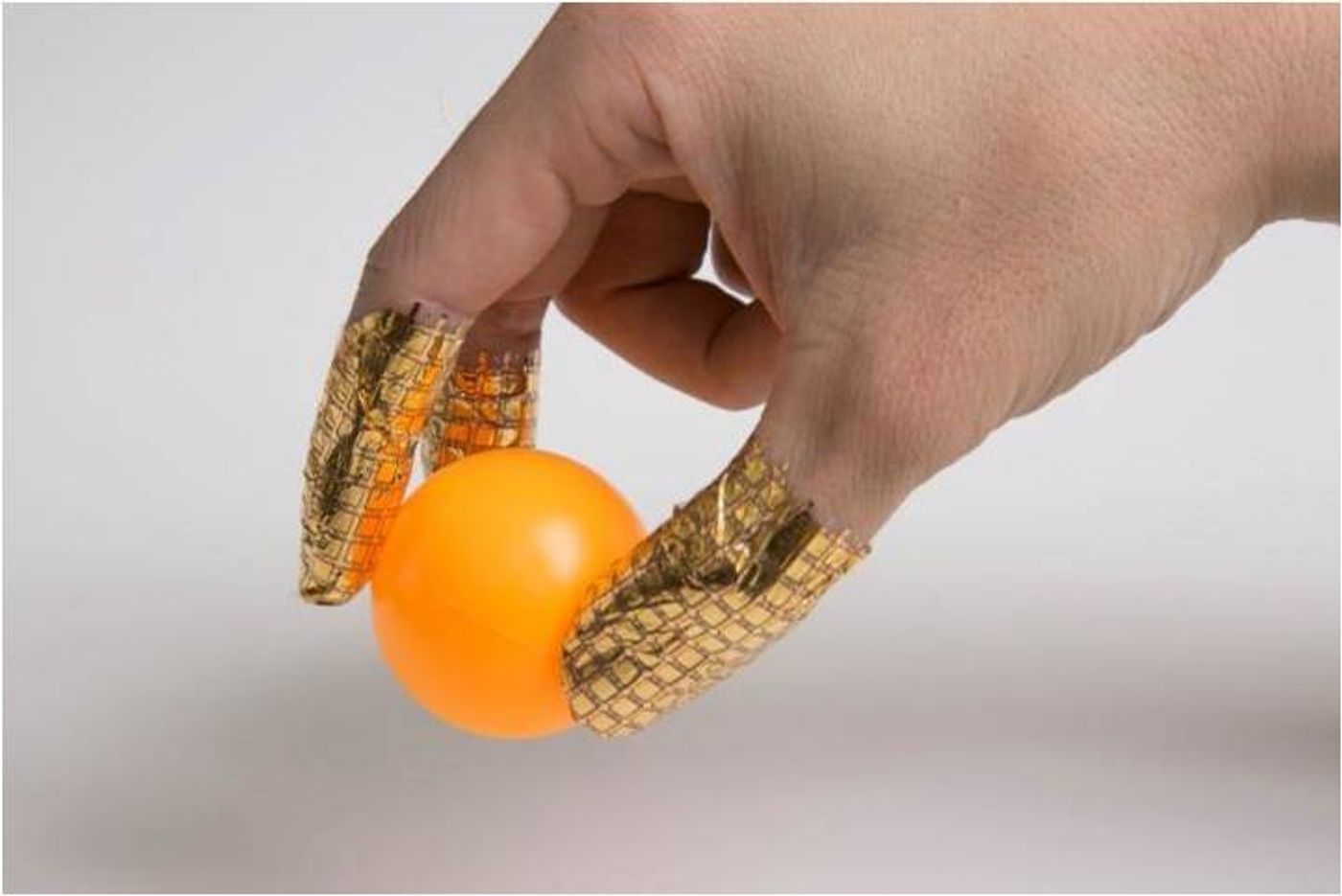
 Their pressure sensor is a mere 8 microns thick – about one-fifth the thickness of a human hair. Among other components, the new sensor is composed of transistors made of carbon nanontubes, which are carbon pipes nanometers in diameter, and graphene, which are carbon sheets only 1 atom thick. These meshes of ultrathin pressure sensors can measure pressure at 144 places simultaneously, even through twisting and bending. Yet, they are thin enough that they could be easily incorporated into a pair of latex gloves.
Their pressure sensor is a mere 8 microns thick – about one-fifth the thickness of a human hair. Among other components, the new sensor is composed of transistors made of carbon nanontubes, which are carbon pipes nanometers in diameter, and graphene, which are carbon sheets only 1 atom thick. These meshes of ultrathin pressure sensors can measure pressure at 144 places simultaneously, even through twisting and bending. Yet, they are thin enough that they could be easily incorporated into a pair of latex gloves.

